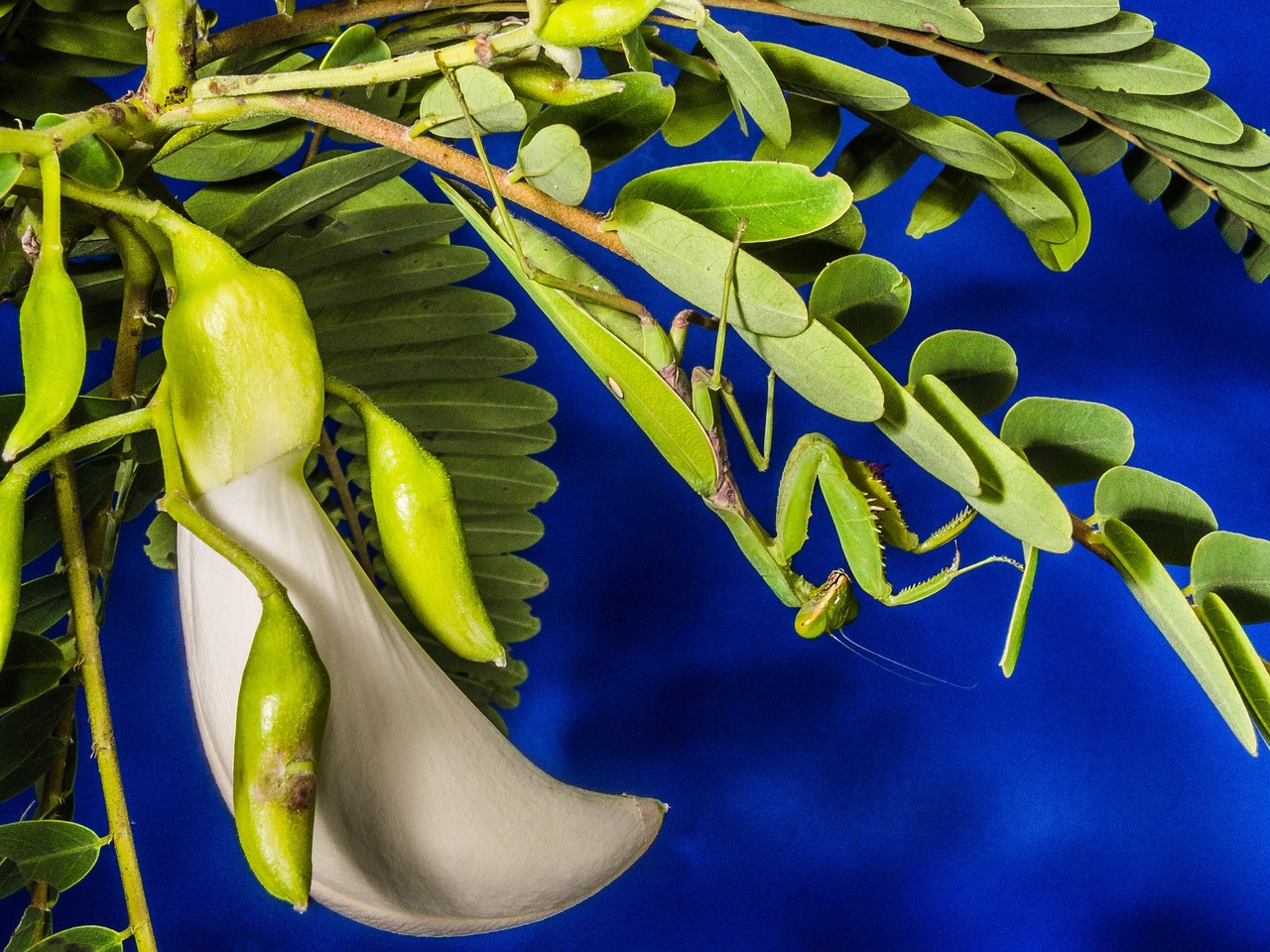
Sesbania
Sesbania spp.
Basic Information
🌿 Family: Fabaceae🗺️ Zone: 9-11
Other Names:
- Riverhemp
- Coffeeweed
🌡️ Ideal Temperature : 75°F (24°C)°F – 95°F (35°C)°F
🔥 Heat Tolerance: Up to 100°F (38°C)°F
❄️ Cold Tolerance: Down to 25°F (-4°C)°F
🌱 Type: Perennial
Layers
- Sub-canopy
- Shrub
- Aquatic
Functions
- Nitrogen Fixer
- Animal Fodder
- Biofuel
- Soil Improvement
- Ornamental
Pests
No pests associated with this plant.
Description
Sesbania species are fast-growing shrubs or small trees that can reach heights of up to 8 meters (26 feet). They have pinnately compound leaves with numerous small leaflets and produce yellow or white flowers, often with brown or purple streaks. The plants are commonly found in tropical and subtropical regions, thriving in a variety of soil types, including sandy and clay soils, often in wet or flooded conditions. Sesbania is known for its ability to fix nitrogen, improving soil fertility. Propagation is typically done through seeds, which can be sown directly into the soil. Harvesting for fodder or green manure can occur multiple times a year due to its rapid growth.
Purpose
- **Nitrogen Fixer:** Sesbania forms symbiotic relationships with nitrogen-fixing bacteria, enriching the soil and benefiting subsequent crops.
- **Animal Fodder:** The foliage serves as nutritious fodder for livestock, especially in tropical regions.
- **Biofuel:** The woody stems can be used as a source of biomass for energy production.
- **Soil Improvement:** Often used as green manure, Sesbania is incorporated into the soil to enhance organic matter and nutrient content.
- **Ornamental:** Some species, like Sesbania grandiflora, are cultivated for their attractive flowers and are used in landscaping.